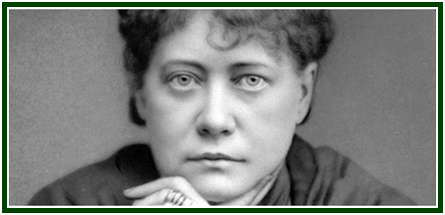The Light-Bringer Has Nought To Do
With Darkness, and Everything With Light
Helena P.
Blavatsky

On the left, the planet Venus in its true color. The surface
is obscured by a thick blanket of clouds. On the right
side, a
radar view of the surface, obtained in the 1990s. [Source:
Wikipedia]
No star, among the countless myriads that twinkle over the sidereal fields of the night sky, shines so dazzlingly as the planet Venus - not even Sirius-Sothis, the dog-star, beloved by Isis. Venus is the queen among our planets, the crown jewel of our solar system. She is the inspirer of the poet, the guardian and companion of the lonely shepherd, the lovely morning and the evening star. For,
“Stars teach as well as shine”,
although their secrets are still untold and unrevealed to the majority of men, including astronomers.
000
The article “The History of a Planet: Venus” is available on the websites of the Independent Lodge of Theosophists since 26 January 2014. It was first published by the “Lucifer” magazine in London, in September 1887. It is also available at the “Collected Writings” of H.P. Blavatsky, TPH, USA, Volume VIII, pp. 14-27.
000
Read more:
000

Helena Blavatsky (photo) wrote these words: “Deserve, then desire”.
000
